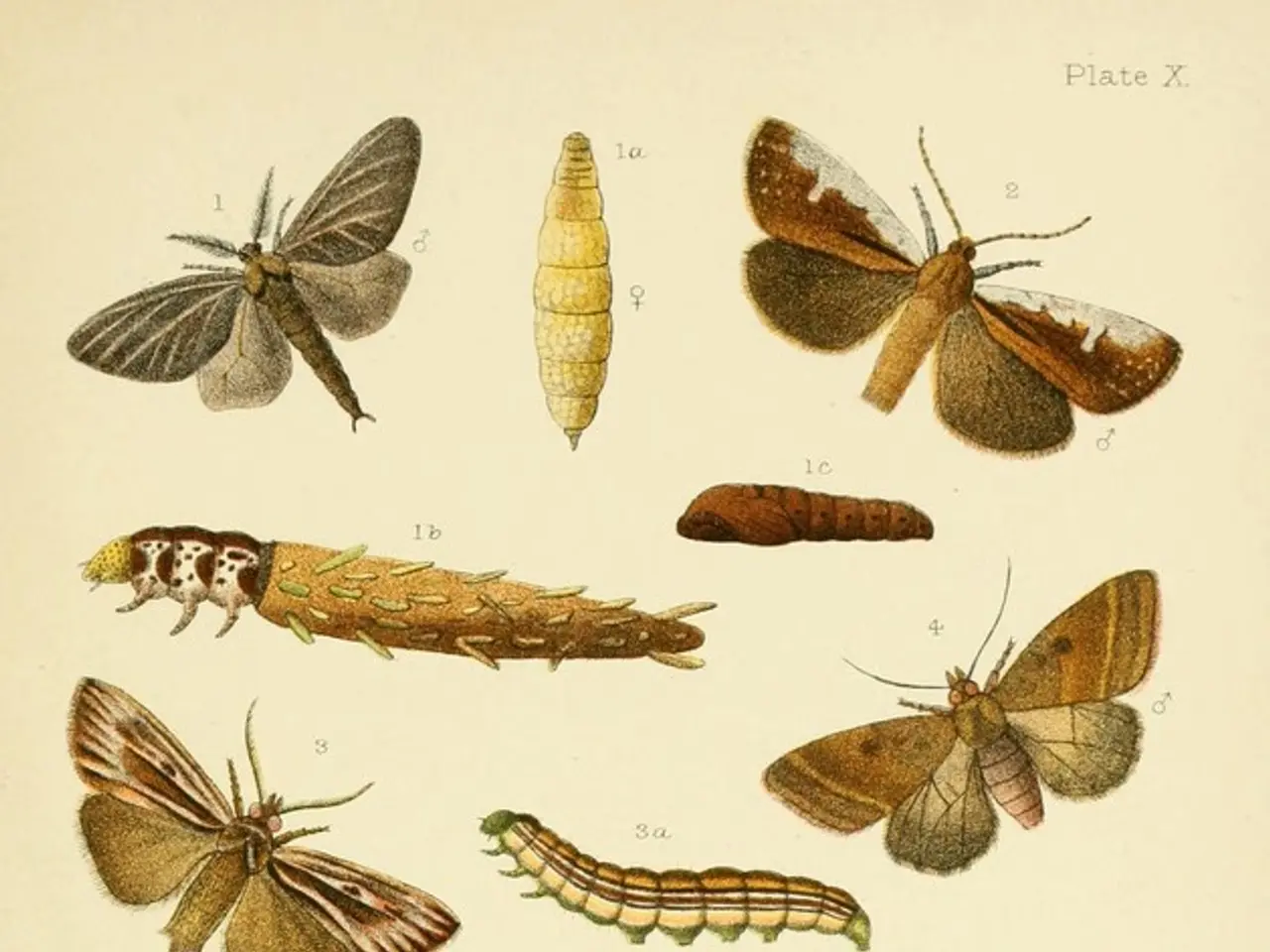Cell Division and Genetic Preservation Through Mitosis
Cell Division: The Role of the Centromere and Spindle Apparatus
The process of cell division is a complex orchestration of events that ensures the correct distribution of genetic material to daughter cells. A key player in this process is the centromere, a region on a chromosome that serves as the attachment site for the spindle apparatus during cell division.
During cell division, the centromere holds the sister chromatids of a chromosome together until they are ready to separate. This attachment is made through the kinetochore, a protein complex that connects the chromosome to the spindle fibers, or microtubules.
The spindle apparatus, a web of microtubules, is responsible for the precise segregation of chromosomes during cell division. It grows out from each centriole, structures made up of two centrioles, and guides the chromosomes as they divide.
When the cell enters anaphase, the centromere duplicates, and the sister chromatids are separated, each becoming an individual chromosome that is pulled to opposite poles of the cell by the spindle fibers attached to their centromeres. This precise segregation ensures that both daughter cells receive the correct number of chromosomes.
The kinetochore, a complex structure that sits at the centromere, acts as a docking station for spindle fibers. It ensures that chromosomes are properly attached to spindle fibers during division, preventing any errors in chromosome distribution.
The centromere, with its specialized DNA and associated proteins, is essential for its function. It serves as the "middle" point of the chromosome where the chromatids remain joined until the onset of anaphase.
The nuclear matrix, a hub of cellular activity within the nucleus, provides support and organization to the nucleus and helps anchor chromatin in place. It is a jelly-like substance that fills the nucleus and contains various structures like chromatin and the nuclear matrix.
In summary, the centromere's main role in cell division is to maintain sister chromatid cohesion and facilitate their correct and safe segregation to daughter cells by providing the attachment site for the spindle apparatus through the kinetochore. The spindle apparatus, made up of microtubules, guides the chromosomes as they divide, ensuring each new daughter cell receives an equal number of chromosomes, preserving the genetic integrity of the cell.
Science introduces us to the intricate process of health-and-wellness, as cell division, a crucial part of this process, meticulously distributes genetic material to create new cells. Medical-conditions that impact cell division, such as errors in chromosome segregation, can have severe consequences on our overall health.




